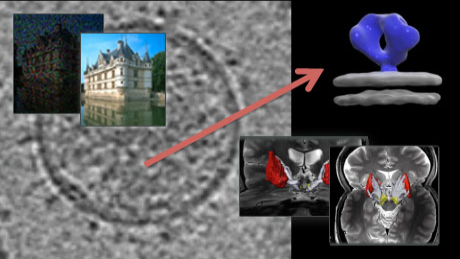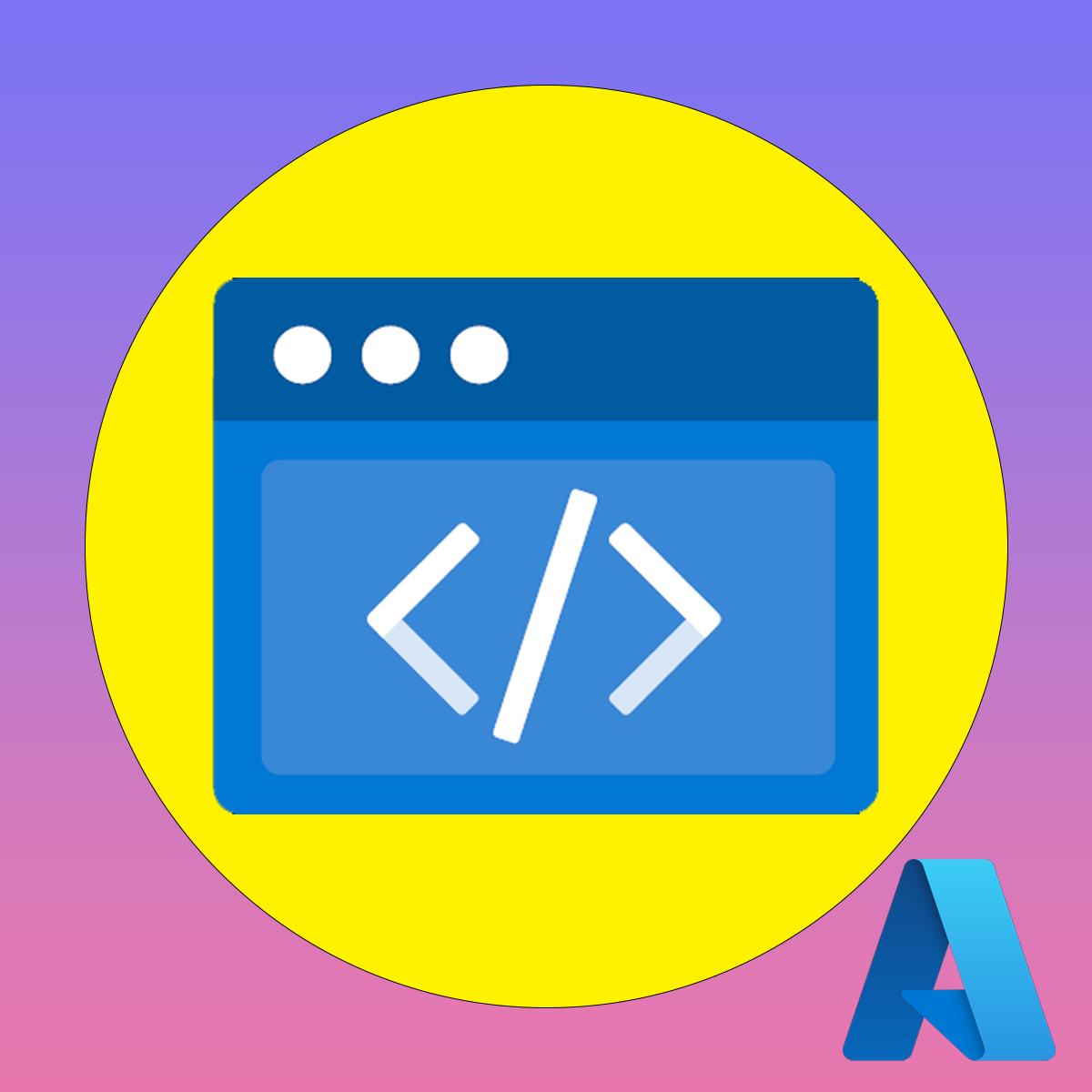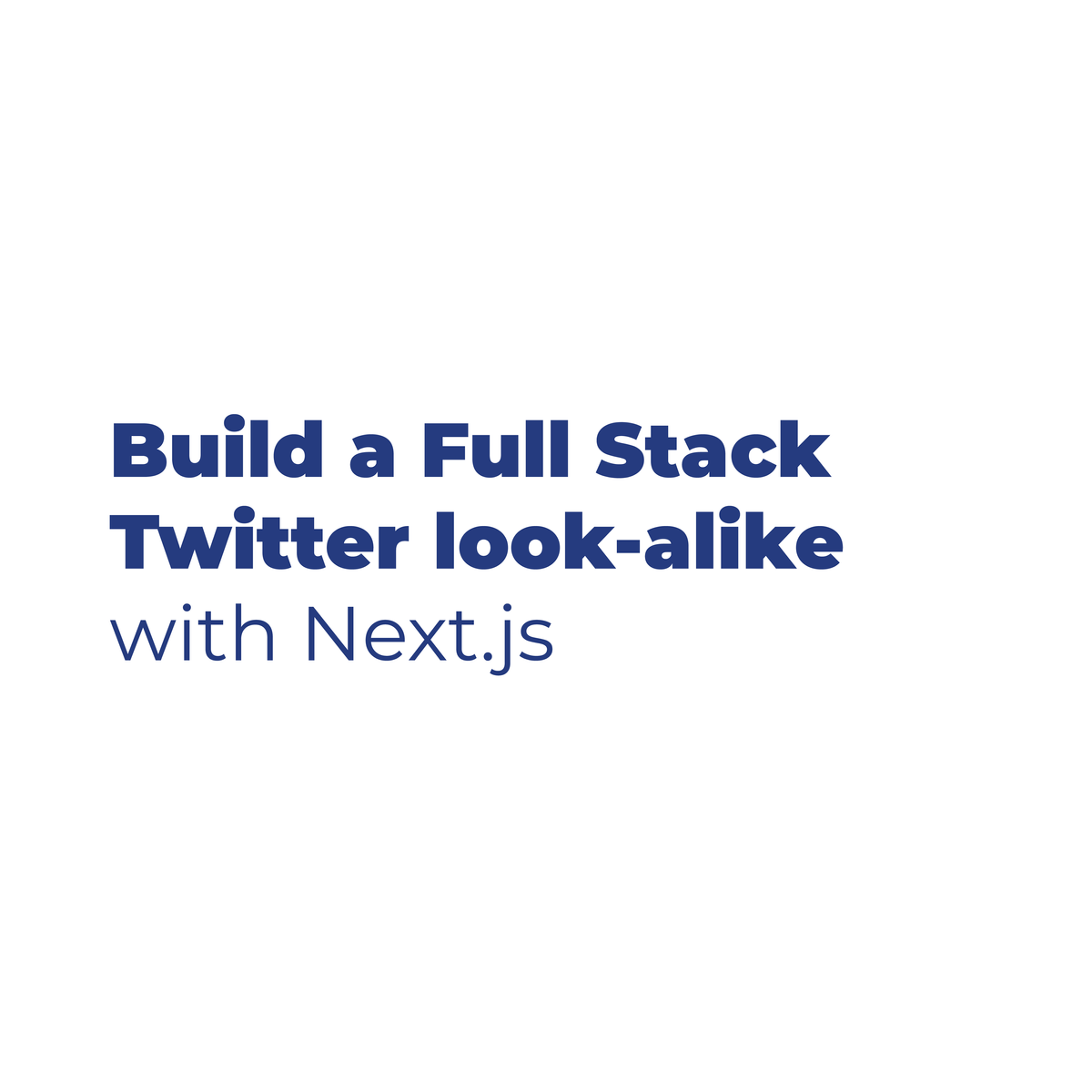Back to Courses









Software Development Courses - Page 13
Showing results 121-130 of 1266

Build a Toolkit with Advanced Windows Commands
In this 1.5 hour guide project, you will learn some advanced Windows commands as well as how to create and combine batch scripts to create powerful utilities for the Windows environment. At the end of this project, you will be armed with the knowledge you need to create your own batch script and expand the toolkit we created in this project. Topics covered include: Pipes, streams, robust copy, file attributes, file existence check, incremental backup, batch scripts, variables, string extraction, conditionals, loops, and timer. Must have knowledge of basic Windows commands, such as change directory, list directory, moving and copying files.
Image and Video Processing: From Mars to Hollywood with a Stop at the Hospital
In this course, you will learn the science behind how digital images and video are made, altered, stored, and used. We will look at the vast world of digital imaging, from how computers and digital cameras form images to how digital special effects are used in Hollywood movies to how the Mars Rover was able to send photographs across millions of miles of space.
The course starts by looking at how the human visual system works and then teaches you about the engineering, mathematics, and computer science that makes digital images work. You will learn the basic algorithms used for adjusting images, explore JPEG and MPEG standards for encoding and compressing video images, and go on to learn about image segmentation, noise removal and filtering. Finally, we will end with image processing techniques used in medicine.
This course consists of 7 basic modules and 2 bonus (non-graded) modules. There are optional MATLAB exercises; learners will have access to MATLAB Online for the course duration. Each module is independent, so you can follow your interests.

Internet of Things V2: DragonBoard™ bring up and community ecosystem
Do you want to develop skills to prototype embedded products using state-of-the-art technologies? In this course you will build a hardware and software development environment to guide your journey through the Internet of Things specialization courses. We will use the DragonBoard™ 410c single board computer (SBC).
This is the first in a series of courses where you will learn both the theory and get the hands-on development practice needed to prototype Internet of Things products. This course is suitable for a broad range of learners.
This course is for you if:
- You want to learn how to use learn how to use Linux for embedded purposes.
- You want to pivot your career towards the design and development of Internet of Things enabled products
- You are an entrepreneur, innovator or member of a DIY community
Learning Goals:
After completing this course, you will be able to:
1) Know where you can find resources and help in the 96Boards ecosystem.
2) Describe the DragonBoard™ 410c peripherals, I/O expansion capabilities, Compute (CPU and Graphics) capabilities, and Connectivity capabilities.
3) Understand how to navigate and make use of the Linux terminal.
4) Configure at least one integrated development environment (IDE) for developing software.
5) Make use of Git and GitHub for version control purposes.
6) Create and build projects that interface with sensors and actuators through GPIO and Arduino.

Develop a Serverless Computing App with Azure Static Web App
Serverless computing enables developers to build applications faster by eliminating the need for them to manage infrastructure. With serverless applications, the cloud service provider automatically provisions, scales, and manages the infrastructure required to run the code.
In this project, you will learn how to use Azure Serverless Computing services like Azure Static Web App, Azure Storage Account Table, Azure Functions, and others to develop a complete web application.
Once you’re done with this project, you will be able to deploy a full-stack web application in Azure in just a few steps.

Intermediate Object-Oriented Programming for Unreal Games
This course is the fourth and final course in the Specialization about learning how to develop video games using the C++ programming language and the Unreal game engine on Windows or Mac.
This course assumes you have the prerequisite knowledge from the previous three courses in the specialization. You should make sure you have that knowledge, either by taking those previous courses or from personal experience, before tackling this course. Throughout this course you'll build on your foundational C# and Unity knowledge by developing more robust games with better object-oriented designs using file input and output, inheritance and polymorphism, and event handling.
This course gives you even more tools to help you build great games with C++ and Unreal!
Module 1: Start using files to implement your Unreal games
Module 2: Learn how inheritance and polymorphism help us write less code for our games
Module 3: Implement event handling to make better object-oriented designs and add menus to your Unreal games
Module 4: Explore the complete implementation of a small Unreal game

Exploiting and Securing Vulnerabilities in Java Applications
In this course, we will wear many hats. With our Attacker Hats on, we will exploit Injection issues that allow us to steal data, exploit Cross Site Scripting issues to compromise a users browser, break authentication to gain access to data and functionality reserved for the ‘Admins’, and even exploit vulnerable components to run our code on a remote server and access some secrets. We will also wear Defender Hats. We will dive deep in the code to fix the root cause of these issues and discuss various mitigation strategies. We do this by exploiting WebGoat, an OWASP project designed to teach penetration testing. WebGoat is a deliberately vulnerable application with many flaws and we take aim at fixing some of these issues. Finally we fix these issues in WebGoat and build our patched binaries. Together we will discuss online resources to help us along and find meaningful ways to give back to the larger Application Security community.
Functional Program Design in Scala (Scala 2 version)
In this course you will learn how to apply the functional programming style in the design of larger Scala applications. You'll get to know important new functional programming concepts, from lazy evaluation to structuring your libraries using monads. We'll work on larger and more involved examples, from state space exploration to random testing to discrete circuit simulators. You’ll also learn some best practices on how to write good Scala code in the real world. Finally, you will learn how to leverage the ability of the compiler to infer values from types.
Several parts of this course deal with the question how functional programming interacts with mutable state. We will explore the consequences of combining functions and state. We will also look at purely functional alternatives to mutable state, using infinite data structures or functional reactive programming.
Recommended background: You should have at least one year programming experience. Proficiency with Java or C# is ideal, but experience with other languages such as C/C++, Python, Javascript or Ruby is also sufficient. You should have some familiarity with using the command line. This course is intended to be taken after Functional Programming Principles in Scala: https://www.coursera.org/learn/scala2-functional-programming.

Build a Full Stack Twitter clone with Next.js
In this 1-hour long project-based course, you will learn how to create a fully functioning Full Stack Twitter clone. You will learn how to start a Next project from scratch with create-next-app, how to build functional React components and pass props down the components tree, how to fetch and display all of the tweets in your database.. Moreover, you will be able to style your application with CSS.
Note: This course works best for learners who are based in the North America region. We’re currently working on providing the same experience in other regions.

Advanced Relational Database and SQL
In this 1-hour long project-based course, you will gain hands-on experience and learn about advanced SQL topics such as stored procedures, tiggers, functions, common table expressions and recursion. If you have intermediate level of experience with SQL and want to learn more, this course is for you!
Note: This is an advanced level course. Taking my course "Introduction to Relational Database and SQL" and "Intermediate Relational Database and SQL" before taking this course is highly recommended. Especially if you do not have any previous experience with relational database and SQL.
Software Processes and Agile Practices
This course delves into a variety of processes to structure software development. It also covers the foundations of core Agile practices, such as Extreme Programming and Scrum.
Popular Internships and Jobs by Categories
Find Jobs & Internships
Browse
© 2024 BoostGrad | All rights reserved